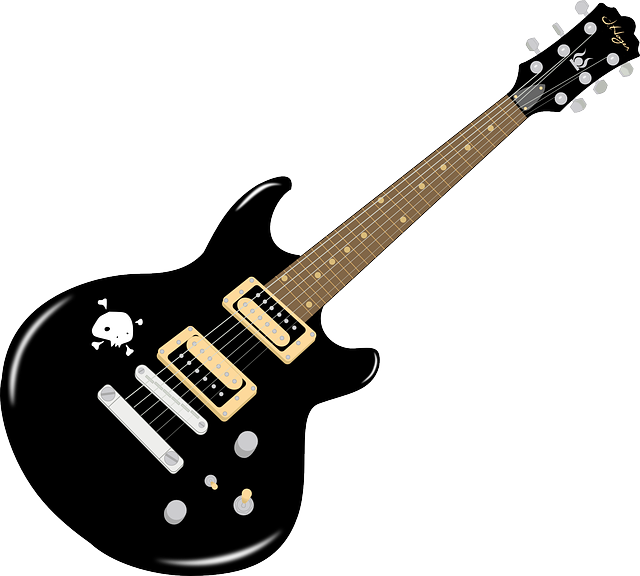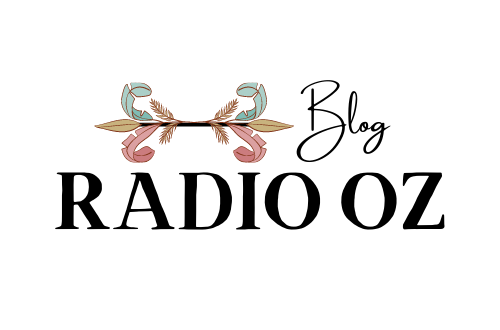Nailing Your Guitar Tone: The Lowdown on Pedal Placement

Nailing Your Guitar Tone: The Lowdown on Pedal Placement
When it comes to dialing in that perfect guitar tone, don’t underestimate the power of where you put your pedals in the lineup. In this guide, written by Sam from Archer K Music, we’re going to dive into the ins and outs of pedal placement, helping you squeeze every drop of goodness out of your guitar rig. Whether you’re a seasoned shredder or just starting your six-string journey, understanding how to stack your pedals is a game-changer.
1. The Big Pedal Categories
First off, let’s break it down into what we’ll call the “big pedal categories.” These include distortion, overdrive, modulation, delay, and those sweet time-based effects like reverb. Each category plays a critical role in shaping your guitar’s voice, so knowing where they fit in your pedal chain is your ticket to tonal nirvana.
2. Buffering: Your Tone’s Bodyguard
Before we get too deep into pedal placement, let’s talk about buffering. Think of it as your tone’s bodyguard. It’s all about making sure your guitar signal stays strong and clear throughout your pedalboard adventure. Now, you can find top-notch buffers out there that’ll be your signal’s best friend, but we’ll get to that later.
Your signal’s journey begins with the input buffer, hanging out at the pedal chain’s entrance. It takes care of your guitar’s pickup loading, providing that one-megohm input impedance. On the way out, there’s the output buffer, making sure your signal stays robust, no matter how many stompboxes you’ve got in line. These buffers are like the unsung heroes of pedal placement.
3. Impedance-Sensitive Pedals: First in Line
Now, let’s get into the nitty-gritty of where to place your pedals. First stop: impedance-sensitive devices. Think vintage fuzz pedals, old-school wah-wahs, and treble boosters. These babies can be a bit touchy when it comes to buffering. To keep their mojo intact, they should be the first in line, before any buffering comes into play.
Think of this like a scenic road trip: your guitar is the traveler, and these impedance-sensitive pedals are the charming pit stops along the way. The good news is, they often come with true bypass, so they won’t mess with your overall tone much. It’s like adding a smidge more guitar cable length to your signal.
4. Shaping Your Sound with Dynamic Pedals
After those first pit stops, you’re onto dynamic pedals. This crew includes compressors, envelope filters, and octave-based effects. Placing them early in your pedal chain lets them groove with the dynamics of your playing, responding to every little nuance.
For an extra kick, you can throw in a boost pedal. It’s like cranking up the volume so your guitar can strut its stuff and cut through the mix with ease. And if you’re feeling artsy, a graphic EQ pedal lets you sculpt your tone to match your vibe.
5. The Dirt Zone: Distortion Devices
Now, the heart of your tone journey: distortion devices. This gang covers overdrive and distortion pedals, known as the soft and hard clippers. If you’re stacking ’em up, high-gain pedals should be closer to your guitar. You see, stacking a low-gain pedal after a high-gain one can be like pouring too much sauce on your pasta – it just gets messy.
6. Modulation and Time-Based Effects: Take Your Pick
Next up, we hit modulation effects like chorus, tremolo, univibe, vibrato, phaser, and flanger. Now, where you place these can be a matter of personal taste. Some folks dig them before distortion, while others are cool with distortion hitting them first. It’s your tone playground, so experiment and see what floats your boat.
7. Delay vs. Reverb: The Final Showdown
Last but not least, we’ve got delay and reverb pedals, often hanging out at the end of the signal chain. Most players like to put delay before reverb, but there’s room for experimentation here. Try it out and find your sweet spot.
In a nutshell, crafting your guitar tone is like a personal journey. Buffering, impedance-sensitive devices, dynamic pedals, distortion devices, modulation, and time-based effects all play their roles. It’s like an art canvas, and the order of your pedals is your palette. Mix and match, experiment, and create a sound that’s uniquely yours. Your guitar rig is your playground, so go on and rock out!

